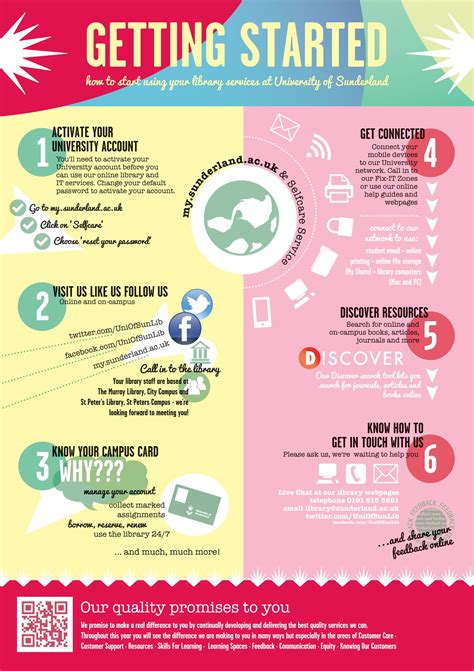Service Library

The concept of a service library has evolved significantly over the years, transforming from a traditional repository of physical resources to a dynamic, digital ecosystem that provides access to a wide range of services and information. At its core, a service library is designed to support the needs of its users, whether they are students, researchers, professionals, or the general public, by offering a comprehensive suite of services, tools, and resources that facilitate learning, innovation, and productivity.
Key Points
- Evolution of traditional libraries into dynamic, digital ecosystems
- Comprehensive suite of services, tools, and resources for diverse user needs
- Integration of digital technologies to enhance user experience and accessibility
- Focus on community engagement, collaboration, and knowledge sharing
- Continuous evaluation and adaptation to meet emerging user needs and technological advancements
Service Library Components

A modern service library typically consists of several key components, each designed to address specific user needs and preferences. These components may include physical and digital collections, such as books, journals, databases, and multimedia resources; technology infrastructure, including computers, software, and networking capabilities; and a range of services, such as research assistance, instruction, and community outreach. Additionally, many service libraries are now incorporating innovative spaces and tools, such as makerspaces, digital media labs, and collaboration zones, to support hands-on learning, creativity, and entrepreneurship.
Physical and Digital Collections
The physical and digital collections of a service library are its foundation, providing users with access to a vast array of information resources. These collections may include traditional materials, such as books and journals, as well as digital resources, such as e-books, databases, and online repositories. The development and maintenance of these collections require careful planning and management, taking into account factors such as user demand, budget constraints, and technological advancements. For example, a service library might allocate 30% of its budget to digital resources, 25% to physical materials, and 45% to personnel and operational costs.
| Collection Type | Percentage of Budget |
|---|---|
| Physical Materials | 25% |
| Digital Resources | 30% |
| Personnel and Operations | 45% |

Technology Infrastructure

The technology infrastructure of a service library is critical to its operations, enabling users to access digital resources, utilize software and hardware, and connect with others through networking capabilities. This infrastructure may include computers, laptops, tablets, and other devices; software applications, such as productivity tools and creative suites; and networking technologies, such as Wi-Fi and virtual private networks (VPNs). To ensure optimal performance and security, service libraries must invest in regular technology upgrades, maintenance, and staff training.
Services and Support
In addition to its physical and digital collections, a service library offers a range of services and support to help users achieve their goals. These services may include research assistance, instruction, and community outreach, as well as more specialized support, such as data management, digital scholarship, and technology consulting. By providing these services, service libraries can help users develop the skills and knowledge they need to succeed in an increasingly complex and interconnected world. For instance, a service library might offer a research assistance service that provides users with personalized support, including database selection, search strategy development, and citation management.
What is the role of a service library in supporting user needs?
+A service library plays a critical role in supporting user needs by providing access to a comprehensive suite of services, tools, and resources that facilitate learning, innovation, and productivity.
How do service libraries allocate their budgets?
+Service libraries typically allocate their budgets based on a combination of factors, including user demand, budget constraints, and technological advancements. This may involve allocating a percentage of the budget to physical materials, digital resources, personnel, and operational costs.
What types of services do service libraries offer?
+Service libraries offer a range of services, including research assistance, instruction, community outreach, data management, digital scholarship, and technology consulting. These services are designed to support users in achieving their goals and developing the skills and knowledge they need to succeed.
In conclusion, a service library is a dynamic and evolving entity that plays a critical role in supporting the needs of its users. By providing access to a comprehensive suite of services, tools, and resources, service libraries can help users develop the skills and knowledge they need to succeed in an increasingly complex and interconnected world. As technology continues to advance and user needs evolve, service libraries must remain agile and adaptable, continuously evaluating and refining their services and resources to meet the emerging needs of their users.



